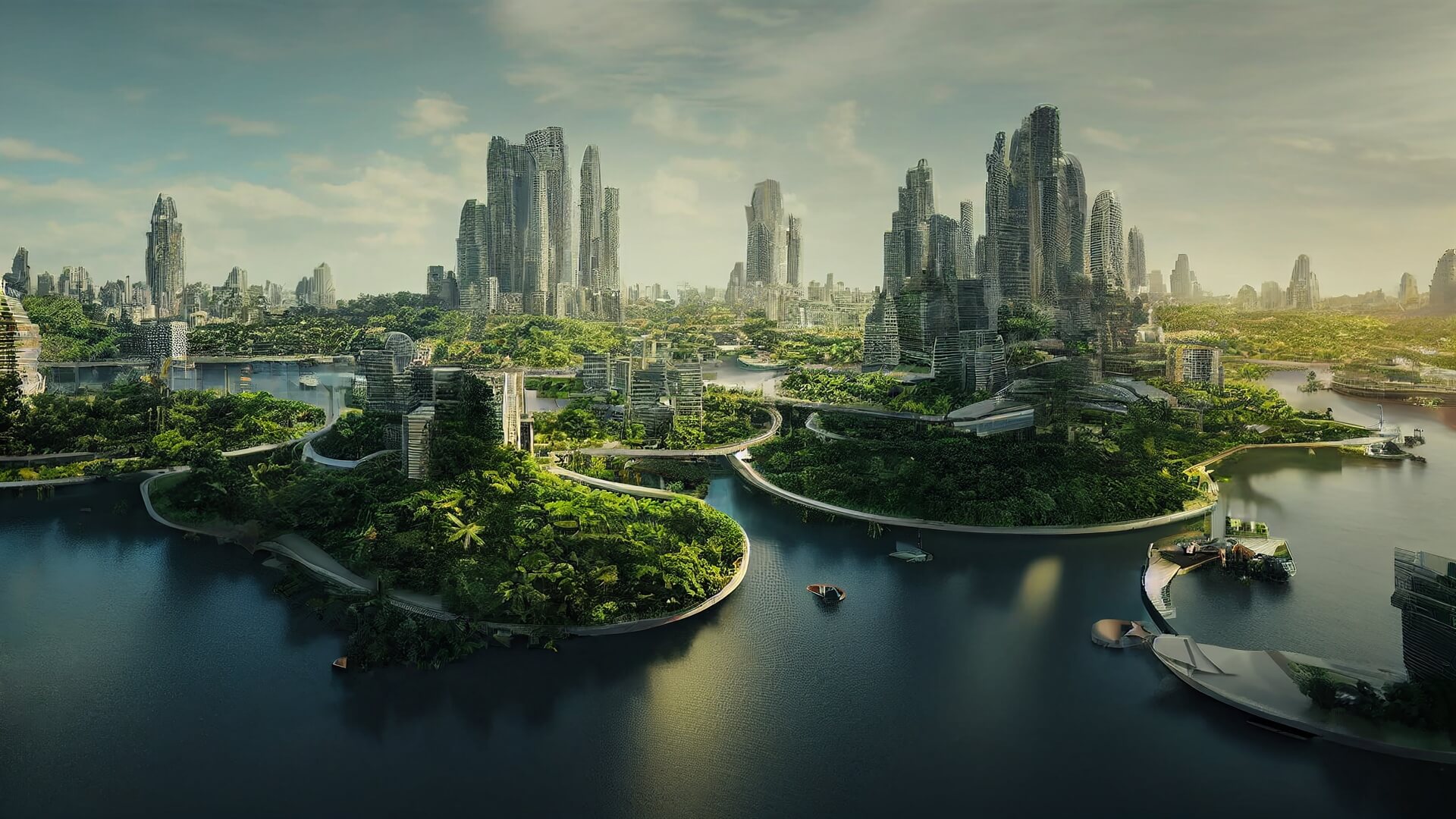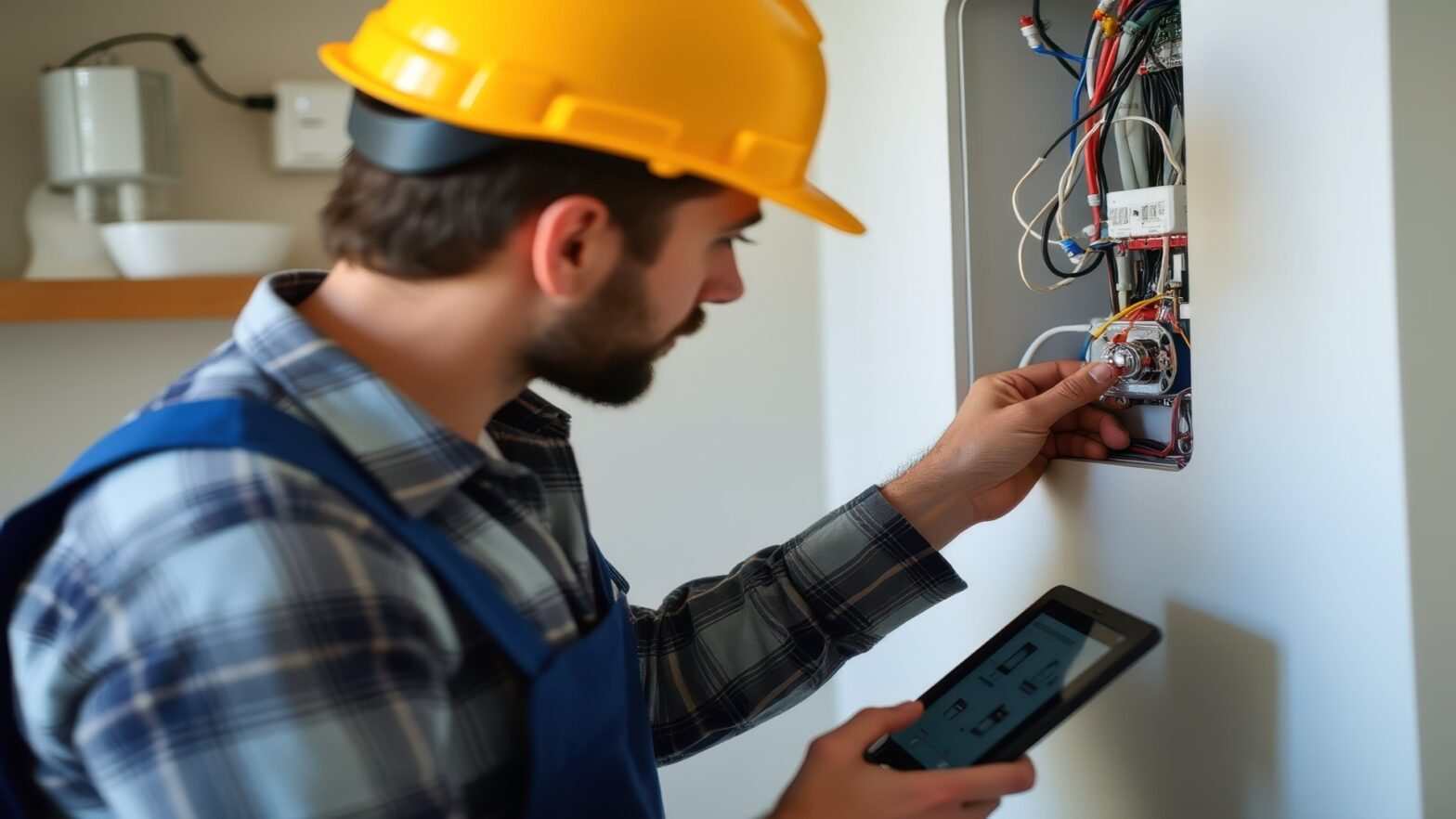Several centuries ago, people built houses just to live in them. They cared about the outlook and interior decoration because nothing else worried them. The modern world changes the role of architecture and makes it the way to solve many current problems, such as overcrowding, climate change, land depletion, and even poverty. We need smart and intelligent architects so that this occupation will become more popular soon.
If you’re thinking about entering college, but can’t decide what program to choose, don’t hesitate and apply for architecture. If you have writing problems with an essay, you can pay WritePaperForMe for essay writing and they will help with any questions that arise.
Since we’re living in a digital era, the approaches to design should imply the use of new technologies. So let’s discuss the possible changes in architectural design trends to know what to expect from the future.
Parametric design
When someone mentions future architecture, most people imagine the buildings in an abstract and unusual form. The parametric design uses certain modelling methods to create unique forms and structures. Even though this is widely used in many countries throughout the world, it’s still considered the future of architecture. Galaxy SOHO, Louvre Abu Dhabi, and Peix Olimpic are the most famous examples of parametric architecture. The modern world makes us forget traditional forms and rules: blending complexity, adaptability, and variety is the most effective approach in future architecture.
New building materials
We get closer to the future, and it’s not surprising that everything makes us stop using old building materials such as brick. Let’s not forget that we try to keep to the sustainability principle in every sphere of life. And architecture isn’t an exception. Innovations help modern people reduce their carbon footprint and save the environment. That’s why experts predict that brick will become a thing of the past, and we’ll start using wood, plywood, newspaper wood, glass, and reusable plastic for building and decorating houses. It’s especially important to mention that all these materials will be reusable and recycled.
New types of houses
It’s time to forget that the only possible house is one made of brick or wood. People move to new revolutionary solutions and develop types of houses that weren’t possible several years ago. Well, tiny houses on wheels don’t seem to be something new and unknown. However, the architecture of the future can’t be imagined without this type of home. Moreover, be ready that future buildings will become ‘greener.’ Such buildings impact the environment positively. The good thing is that any building can be green: home, hospital, office, and even bank.
VR and AR technologies
Virtual and Augmented reality will change the ways we create buildings and how we interact with them. The future designer won’t be able to create a single project without these technologies soon. And it’s supposed to give more benefits than drawbacks. First of all, people will be able to imagine themselves in a 3D model and understand whether this interior design fits them or not. Moreover, we believe that future houses will have many interactive and even VR elements. Smart houses are no longer something new because many people have incorporated some elements of smart systems into their lives. The architecture of the future goes hand in hand with VR and AR.
Smart cities
We’ve already mentioned that sustainability is a key principle of modern and future architecture, but it’s necessary to note there’s a separate concept based on this principle. Smart cities let architects and people make the most out of the land and resources they have. Smart cities meet the needs of people and companies. This concept prioritizes renewable energy, home management systems, green transportation solutions, fast access to some facilities, and smart consumption of resources. Smart cities are efficient cities.


































